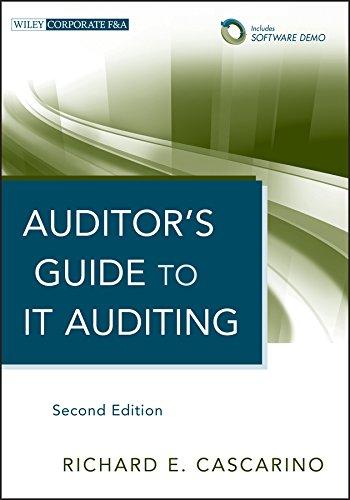I only need answers from Q5 to Q10. Thank you!





After ten years on the job, Drew is trying to decide whether to go back to school and get a masters degree. He performs a cost-benefit analysis to determine whether the cost of attending school will be covered by the increase in salary he will received after he attains his degree. He does research and compiles data on annual salaries in his industry, health care, along with the years of experience for each employee and whether the employee has a master's degree. Earning his master's degree will require him to take out about $20,000 in student loans. He has decided that if his analysis show that the degree will increase his salary by at least $10,000, he will enroll in the program. The data used in his analysis are the following: Years of Experience Master's Degree 22 No Master's Dummy 0 27 1 Yes No 15 2 28 No Yes Salary($) 37620 67080 31280 21500 75120 59820 40180 81360 35080 36080 36680 25 15 32 Yes Yes Yes 19 12 22 No Yes 29200 33040 30060 53300 22820 72900 55920 1 18 14 21 No Yes No No Yes 7 31 22 No Yes Yes 19280 No 0 7 26000 No Drew added a dummy variable to indicate whether the employee had a master's degree. The variable Master's dummy" took the value 1 if the employee had a master's degree, 0 if not. He then regressed Salary on Years of Experience and the Master's degree dummy. What results does he find? Show in JMP or Excel. Use the regression results to answer the following questions: 1. Write the estimated regression equation. 2. Interpret the coefficient on the variable "Years of experience. 3. Write the estimated equation relating salary to years of experience for an employee without a master's degree. 4. Write the estimated equation relating salary to years of experience for an employee with a master's degree. 5. Sketch a graph illustrating your answers to questions 4 and 5 (it need not be to scale). Be sure to label the axes, slopes, and intercepts. 6. Interpret the coefficient on Master's Degree." What exactly does it tell you? 7. Conduct an F-test for the overall significance of the model. 8. Conduct a t-test to determine whether there is a statistically significant relationship between years of experience and salary, holding master's degree constant. 9. Conduct a t-test to determine whether there is strong evidence that a Master's degree increases salary by $10,000 or more, holding years of experience constant. 10. Based on the regression results, would you recommend that Drew pursue a Master's degree? Why or why not? After ten years on the job, Drew is trying to decide whether to go back to school and get a masters degree. He performs a cost-benefit analysis to determine whether the cost of attending school will be covered by the increase in salary he will received after he attains his degree. He does research and compiles data on annual salaries in his industry, health care, along with the years of experience for each employee and whether the employee has a master's degree. Earning his master's degree will require him to take out about $20,000 in student loans. He has decided that if his analysis show that the degree will increase his salary by at least $10,000, he will enroll in the program. The data used in his analysis are the following: Years of Experience Master's Degree 22 No Master's Dummy 0 27 1 Yes No 15 2 28 No Yes Salary($) 37620 67080 31280 21500 75120 59820 40180 81360 35080 36080 36680 25 15 32 Yes Yes Yes 19 12 22 No Yes 29200 33040 30060 53300 22820 72900 55920 1 18 14 21 No Yes No No Yes 7 31 22 No Yes Yes 19280 No 0 7 26000 No Drew added a dummy variable to indicate whether the employee had a master's degree. The variable Master's dummy" took the value 1 if the employee had a master's degree, 0 if not. He then regressed Salary on Years of Experience and the Master's degree dummy. What results does he find? Show in JMP or Excel. Use the regression results to answer the following questions: 1. Write the estimated regression equation. 2. Interpret the coefficient on the variable "Years of experience. 3. Write the estimated equation relating salary to years of experience for an employee without a master's degree. 4. Write the estimated equation relating salary to years of experience for an employee with a master's degree. 5. Sketch a graph illustrating your answers to questions 4 and 5 (it need not be to scale). Be sure to label the axes, slopes, and intercepts. 6. Interpret the coefficient on Master's Degree." What exactly does it tell you? 7. Conduct an F-test for the overall significance of the model. 8. Conduct a t-test to determine whether there is a statistically significant relationship between years of experience and salary, holding master's degree constant. 9. Conduct a t-test to determine whether there is strong evidence that a Master's degree increases salary by $10,000 or more, holding years of experience constant. 10. Based on the regression results, would you recommend that Drew pursue a Master's degree? Why or why not











